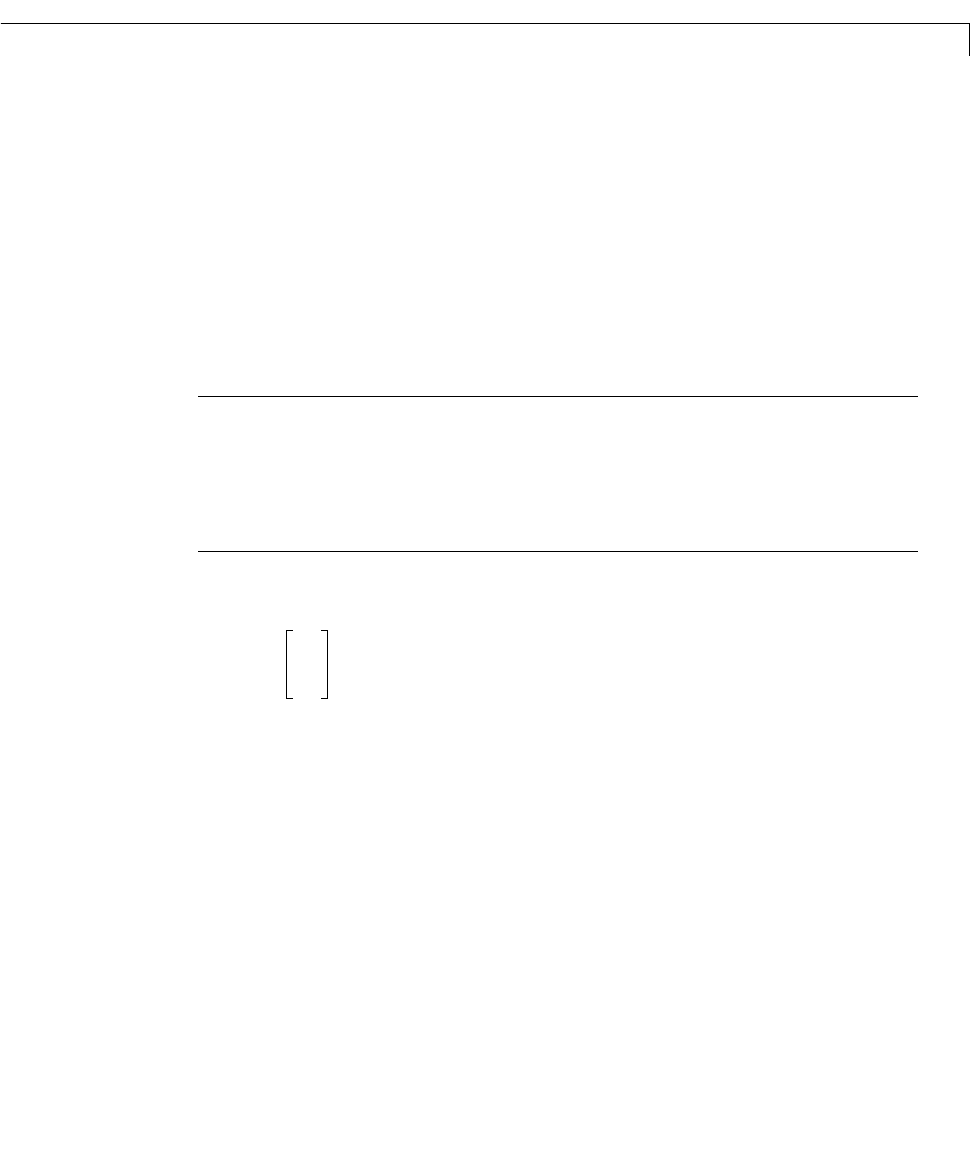User`s guide
Table Of Contents
- Preface
- Quick Start
- LTI Models
- Introduction
- Creating LTI Models
- LTI Properties
- Model Conversion
- Time Delays
- Simulink Block for LTI Systems
- References
- Operations on LTI Models
- Arrays of LTI Models
- Model Analysis Tools
- The LTI Viewer
- Introduction
- Getting Started Using the LTI Viewer: An Example
- The LTI Viewer Menus
- The Right-Click Menus
- The LTI Viewer Tools Menu
- Simulink LTI Viewer
- Control Design Tools
- The Root Locus Design GUI
- Introduction
- A Servomechanism Example
- Controller Design Using the Root Locus Design GUI
- Additional Root Locus Design GUI Features
- References
- Design Case Studies
- Reliable Computations
- Reference
- Category Tables
- acker
- append
- augstate
- balreal
- bode
- c2d
- canon
- care
- chgunits
- connect
- covar
- ctrb
- ctrbf
- d2c
- d2d
- damp
- dare
- dcgain
- delay2z
- dlqr
- dlyap
- drmodel, drss
- dsort
- dss
- dssdata
- esort
- estim
- evalfr
- feedback
- filt
- frd
- frdata
- freqresp
- gensig
- get
- gram
- hasdelay
- impulse
- initial
- inv
- isct, isdt
- isempty
- isproper
- issiso
- kalman
- kalmd
- lft
- lqgreg
- lqr
- lqrd
- lqry
- lsim
- ltiview
- lyap
- margin
- minreal
- modred
- ndims
- ngrid
- nichols
- norm
- nyquist
- obsv
- obsvf
- ord2
- pade
- parallel
- place
- pole
- pzmap
- reg
- reshape
- rlocfind
- rlocus
- rltool
- rmodel, rss
- series
- set
- sgrid
- sigma
- size
- sminreal
- ss
- ss2ss
- ssbal
- ssdata
- stack
- step
- tf
- tfdata
- totaldelay
- zero
- zgrid
- zpk
- zpkdata
- Index

LQG Regulation
9-37
high-frequency content of with the low-pass filter and use the
filtered value in the LQ performance criterion.
lpf = tf(30,[1 30])
% Connect low-pass filter to first output of Px
Pxdes = append(lpf,1) * Px
set(Pxdes,'outputn',{'x-gap*' 'x-force'})
% Design the state-feedback gain using LQRY and q=1, r=1e–4
kx = lqry(Pxdes(1,1),1,1e–4)
Note: lqry expects all inputs to be commands and all outputs to be
measurements. Here the command
'u-x' and the measurement 'x-gap*'
(filtered gap) are the first input and first output of Pxdes.Hence,usethe
syntax
Pxdes(1,1) to specify just the I/O relation between 'u-x' and
'x-gap*'.
Next, design theKalman estimator with the function
kalman.Theprocessnoise
has unit covariance by construction. Set the measurement noise covariance to
1000 to limit the high frequency gain, and keep only the measured output
'x-force' for estimator design.
estx = kalman(Pxdes(2,:),eye(2),1000)
Finally, connect the state-feedback gain kx and state estimator estx to form
the LQG regulator.
Regx = lqgreg(estx,kx)
This completes the LQG design for the -axis.
δ
x
30 s 30
+()⁄
w
x
w
ex
w
ix
=
x










